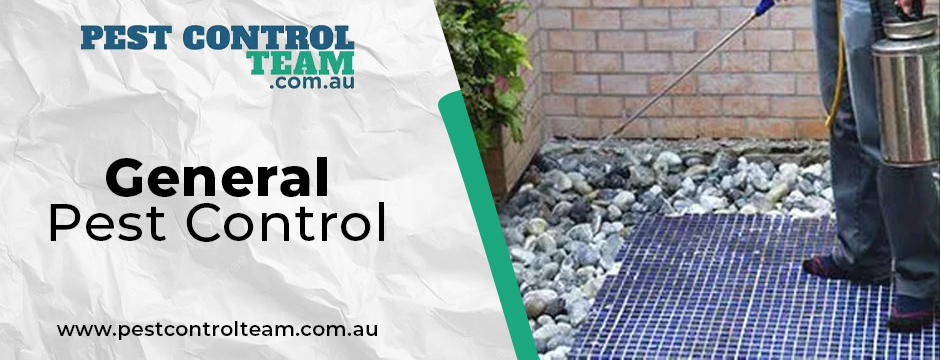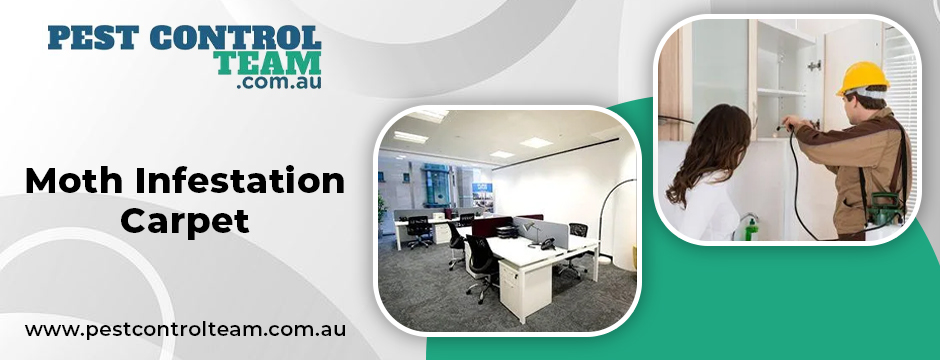Moths might seem harmless, fluttering around a light, but when it comes to your home—especially your carpets—they can be quietly destructive. Carpet moths are tiny yet persistent pests that often go unnoticed until they’ve already caused significant damage. Their larvae feed on natural fibres such as wool, silk, and blends containing animal hair, making expensive carpets and rugs prime targets. Once they’ve taken hold, they can be tricky to get rid of without professional help.
Early detection is key. By identifying the subtle signs of an infestation before it spreads, you can save yourself time, money, and stress. Whether you’re a homeowner protecting your interiors or a landlord maintaining a rental, knowing how to spot moth activity is crucial. This blog will guide you through how to recognise the early symptoms of a Moth Infestation Carpet, what attracts them, how they operate, and what steps to take next. Don’t wait until your beautiful carpet is riddled with holes—learn how to be proactive and protect your space.
Understanding Carpet Moths and Their Lifecycle
Carpet moths, particularly Tineola bisselliella (the common clothes/carpet moth), thrive in undisturbed, dark areas with little foot traffic. They don’t eat carpets themselves—it’s the larvae that cause damage. Adult moths lay eggs in the carpet fibres, and once the larvae hatch, they feed on keratin found in natural fibres.
- Egg Stage: Eggs are tiny, white, and often laid in dark, sheltered areas of carpets or rugs.
- Larval Stage: This stage causes damage. The larvae look like small white grubs and feed on the fibres.
- Pupal Stage: Larvae spin silken cases and enter pupation.
- Adult Moth Stage: The adult moths emerge and continue the cycle.
Understanding this lifecycle is crucial for spotting infestations early and timing treatment effectively.
Common Signs of Carpet Moth Infestation
 Identifying the early warning signs can help prevent widespread carpet damage with general pest control. Look out for the following indicators:
Identifying the early warning signs can help prevent widespread carpet damage with general pest control. Look out for the following indicators:
- Visible Damage to Carpet Fibres: Look for irregular holes or threadbare patches, especially in areas under furniture or along the edges where vacuuming is less frequent.
- Shed Larval Casings and Webbing: Moth larvae leave behind silky, tube-like casings as they grow. These can often be found embedded in carpet fibres or along the edges.
- Moth Sightings Near Carpeted Areas: While adult moths may not be seen frequently, spotting even a few near your carpeted floor is a red flag.
- Presence of White Grubs or Worm-like Larvae: Gently separate carpet fibres or look beneath rugs for tiny, white, caterpillar-like larvae.
- Musty Odours: A mild, musty smell may develop in infested carpets due to moth waste and the decomposition of damaged fibres.
Where to Check First?
Carpet moths often settle in quiet, dark places. Here are the most common hot zones:
- Under Furniture: Move chairs, sofas, and beds occasionally to inspect carpeted areas beneath.
- Along Skirting Boards: Larvae prefer the edges where vacuuming is minimal.
- Closets and Wardrobes: If you have rugs or carpets in these areas, check carefully.
- Attics and Basements: These are prime breeding grounds due to low light and infrequent cleaning.
What Attracts Carpet Moths?
Understanding what draws moths in can help with the prevention of Moth Infestation Carpet:
- Natural Fibre Carpets: Wool and silk are top choices for larvae.
- Food and Sweat Residue: Stains from food or bodily fluids provide nourishment.
- Low-Traffic Areas: These are less likely to be disturbed or cleaned.
- Humidity and Darkness: Moist, dark areas are ideal for egg-laying and larval growth.
Reducing these attractants through proper carpet care and home maintenance will lower your risk of infestation.
How to Confirm an Infestation?
If you suspect moth activity but aren’t sure, try these steps:
- Use Sticky Moth Traps: These traps attract male moths using pheromones. A few catches over time confirm the presence of breeding females nearby.
- Vacuum and Inspect Waste: When vacuuming suspected areas, check the collected debris for larvae, casings, or moths.
- Professional Inspection: A pest control expert can provide a comprehensive check and determine the extent of the infestation.
Preventive Measures to Avoid Infestation
Prevention is always better than a cure. Here’s how you can protect your carpets:
- Vacuum Regularly: Focus on edges, under furniture, and hidden corners at least once a week.
- Deep Clean Carpets Seasonally: Steam cleaning kills eggs and larvae effectively.
- Rotate Furniture: Moving furniture around ensures no area remains undisturbed for too long.
- Store Wool Rugs Properly: If storing carpets, ensure they’re clean, dry, and sealed in airtight containers.
- Control Humidity: Use dehumidifiers or ensure proper airflow, especially in basements or older homes.
What to Do If You Discover a Carpet Moth Infestation?
Finding an infestation early allows for quick action. Here’s what to do:
- Vacuum Thoroughly and Dispose of the Bag: Remove larvae and eggs immediately and dispose of the vacuum bag outside.
- Use Moth Killer Sprays or Powders: Target specific spots with insecticides designed for fabric pests.
- Apply Natural Remedies (if mild): Cedarwood oil, lavender, and vinegar can help repel moths temporarily.
- Call a Pest Control Professional: For moderate to severe infestations, professional intervention is necessary. They offer chemical and heat treatments that are far more effective than DIY approaches.
Final Words
Moth Infestation Carpet is more common than people think—and unfortunately, most are discovered too late. By staying vigilant, inspecting vulnerable areas regularly, and taking preventive steps, you can spot an infestation before it spreads.
If you’ve seen any signs mentioned above, or simply want peace of mind with a professional inspection, it’s time to act. The Pest Control Team is your trusted partner in identifying and eliminating carpet moth infestations in Australia. Our licensed professionals use safe, effective methods to protect your home’s interiors and maintain a moth-free environment. Don’t wait—contact us today to secure your carpet and home against silent invaders.



